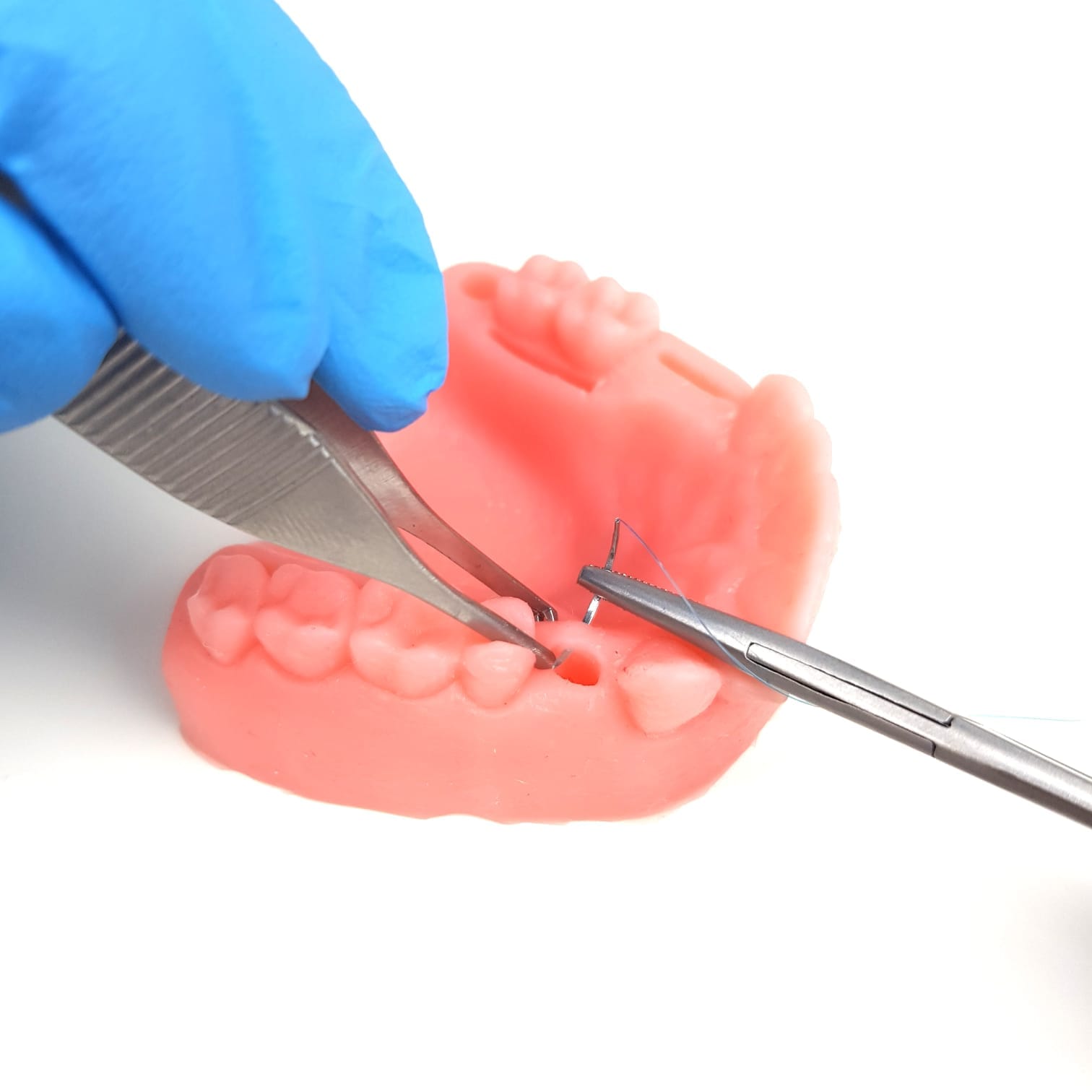Have you ever felt self-conscious about a chipped, discolored, or oddly shaped tooth? Do minor imperfections in your smile make you hesitate to flash your grin? If so, dental bonding might be the perfect solution for you. This comprehensive guide will walk you through everything you need to know about dental bonding, from the procedure itself to aftercare tips, helping you decide if it’s the right choice for your smile goals.
What is Dental Bonding?
Dental bonding is a popular cosmetic dentistry procedure that utilizes a tooth-colored composite resin to repair and enhance your teeth. This versatile material can effectively mask imperfections, creating a more uniform and attractive appearance.
Common Issues Addressed by Dental Bonding:
- Chipped or Cracked Teeth: Repair minor damage to restore your smile.
- Discoloration or Staining: Conceal unsightly stains for a brighter look.
- Misshapen Teeth: Improve the shape of irregular teeth.
- Small Gaps Between Teeth: Close gaps for a more cohesive smile.
- Exposed Tooth Roots: Cover roots that may be visible due to receding gums.
The composite resin is meticulously color-matched to blend seamlessly with your natural teeth, making dental bonding one of the quickest and most affordable cosmetic dental treatments available.
How Does the Dental Bonding Procedure Work?
The dental bonding process is straightforward and typically completed in just one visit to your dentist’s office. Here’s what you can expect:
- Preparation: Your dentist will select a composite resin shade that closely matches your tooth’s enamel. They may lightly etch the tooth’s surface to enhance adhesion.
- Application of Resin: The dentist applies the putty-like resin to your tooth and molds it into the desired shape. A special light is then used to harden the material.
- Final Touches: Once hardened, your dentist will trim and shape the resin for a natural appearance, polishing it until it matches the sheen of your other teeth.
The entire process usually takes about 30 to 60 minutes per tooth, and unlike veneers or crowns, dental bonding often doesn’t require significant removal of tooth enamel—meaning anesthesia may not even be necessary!
Benefits of Dental Bonding
Dental bonding offers numerous advantages that make it an appealing choice for enhancing smiles:
- Cost-Effective: One of the least expensive cosmetic dental procedures available.
- Fast Results: Achieve noticeable improvements in just one visit.
- Minimally Invasive: Requires minimal preparation and preserves more of your natural tooth structure compared to other options.
- Versatile Solution: Effective for various aesthetic concerns, from chips and cracks to gaps and discoloration.
- Long-Lasting: With proper care, bonded teeth can last up to 10 years before needing touch-ups or replacements.
- Natural Appearance: The composite resin is carefully color-matched and polished for a seamless blend with your smile.
Potential Risks and Drawbacks of Dental Bonding
While dental bonding has many benefits, there are some potential drawbacks to consider:
- Durability Concerns: Composite resin is not as strong as natural tooth enamel and may chip or stain more easily if exposed to certain habits like nail-biting or consuming staining foods (e.g., coffee, red wine).
- Longevity: Bonding typically lasts 5 to 10 years, which is shorter than veneers or crowns that can last 10 to 20 years or more.
- Color Stability: Once bonded, the color cannot be altered. If you plan on whitening your teeth in the future, you may need to replace the bonding material afterward.
- Not Ideal for Extensive Damage: For severely decayed or broken teeth, crowns or veneers may be more suitable options.
Consult with your dentist to weigh these pros and cons and determine if dental bonding aligns with your specific needs.
Dental Bonding vs. Veneers and Crowns
When considering cosmetic enhancements, it’s essential to understand how dental bonding compares with other options:
| Treatment | Advantages | Considerations |
|---|---|---|
| Dental Bonding | Fastest option; cost-effective; minimally invasive | Less durable; needs replacement every few years |
| Veneers | Longer-lasting; stain-resistant; can dramatically change shape | Requires enamel removal; higher cost |
| Crowns | Most durable; ideal for extensive damage | Significant enamel removal required; higher cost |
Your dentist will help you choose the best option based on the extent of damage, oral health status, budget, and desired results.
Dental Bonding Aftercare and Maintenance Tips
Caring for bonded teeth is similar to maintaining your natural teeth. Follow these tips for optimal care:
- Practice Good Oral Hygiene: Brush twice daily, floss regularly, and use an antiseptic mouthwash.
- Limit Staining Agents: Reduce consumption of coffee, tea, red wine, and tobacco products to prevent discoloration.
- Avoid Hard Foods: Steer clear of hard candies and ice that could chip the bonding material.
- Don’t Use Teeth as Tools: Avoid using your teeth for tasks like opening packages or chewing on pens.
- Regular Dental Visits: Schedule check-ups every six months for professional cleanings and assessments.
With proper care and regular visits to your dentist, you can enjoy a rejuvenated smile for years!
Conclusion
Dental bonding is an effective way to enhance your smile by masking imperfections quickly and affordably. In just one appointment, issues like chips, gaps, and stains can be concealed—leaving you with a confident new grin.
While it may not last as long as veneers or crowns, dental bonding provides an excellent option for those looking for immediate results without significant commitment or cost.
If you’re considering dental bonding as a solution for your smile concerns, schedule a consultation with your dentist today. They can evaluate your oral health needs and help create a personalized treatment plan tailored just for you!














